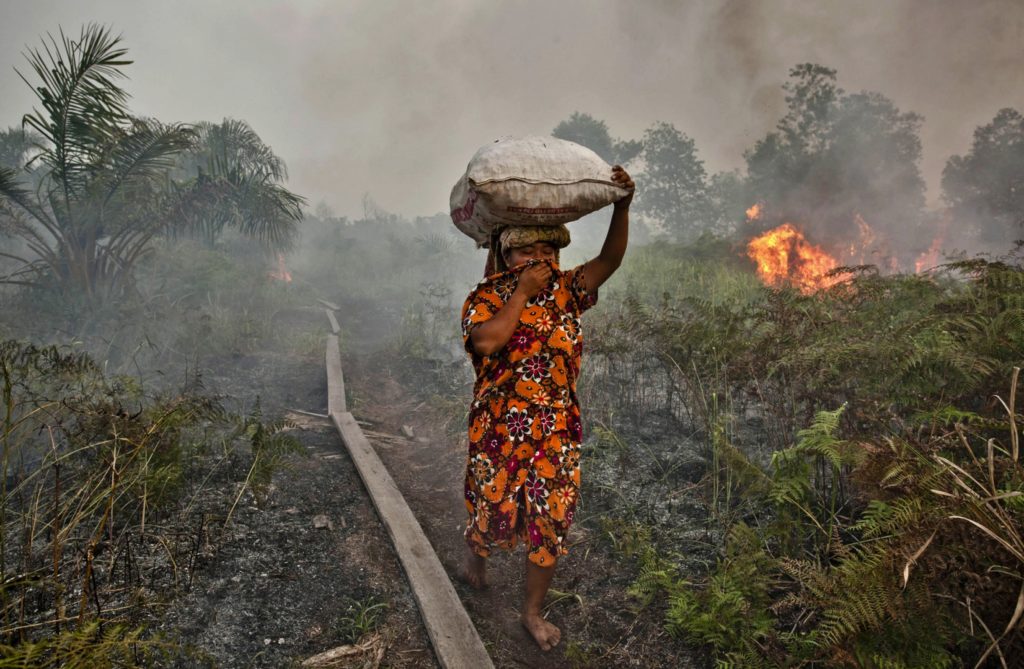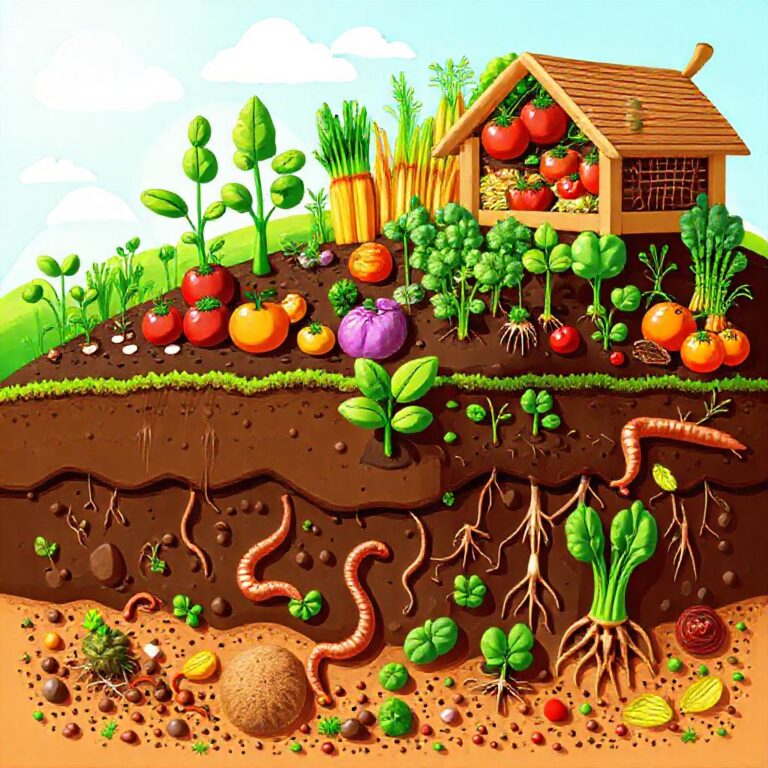The 2015 forest fire dominantly occurred in Indonesia’s peatland area, with fire rapidly spread the rich carbon landscape. After calculating the financial loss of about 220 trillion Rupiah, the government established Peatland Restoration Agency (Badan Restorasi Gambut, BRG) aimed to bring the burned peatland area back to the reasonable condition as before, within five years from 2016-2020. This restoration in 2 million peatland area covers Riau, Jambi, Sumatera Selatan, Kalimantan Barat, Kalimantan Tengah, Kalimantan Selatan, and Papua.
During its implementation, peatland restoration faces several challenges. Based on the experiences of other countries, 60 years is needed to achieve peatland restoration. Recently, Japan has been succeeding in restoring its peatland region. They spend ten years of restoring peatland in 300 thousand hectares. As a comparison, Indonesia has over 2 million ha of degraded peatland area that should be restored as soon as possible.
BRG strategy includes mitigation and adaptation aspects. Mitigation means prevention of disaster that may occur, whereas adaptation means adjustment with the changing surrounding situation.
The disaster of Peatland fires in Sumatera and Kalimantan is raising the awareness of this disaster potency on Indonesia peatland area – to prevent the fires in the future. The peatland fires can be prevented if only it is wet and well-managed. To wetting the peatland, the BRG has been building several kinds of infrastructures such as canal blocking, drilling well, and canal piling. However, building infrastructure is not the only answer to mitigate the fires. The infrastructure needs to be maintained regularly. More importantly, people need to be more aware of not burning peatland. Not only corporates, but the surrounding communities should also be informed and empowered not to do such practice. For a long time, burning is the easiest and cheapest method to start utilizing peatland rather than other options which need advanced tools. To address this mitigation issue, BRG has established Sekola Lapang to improve the community capacity on how-to cultivate the peatland without burning them.
Meanwhile, some people from the affected area from peat fires are joining Masyarakat Peduli Api (MPA) as volunteers. This effort is a part of their adaption measures to this critical peat situation. By joining MPA, people now have built their fast response of initiatives to turn off the fires as soon as they found any burning area, although it may be still in small scale. Some communities also plant pineapples after the fire. This fruit is proven to be the most adaptive crop in peatland and can be cultivated efficiently without drying the peat.
These mitigation and adaptation measures, however, need to be improved by all involved stakeholders. In particular, the involvement of people living nearest to the affected areas. They are the ones who will be impacted significantly from forest fire’s disaster. Therefore, an ever-evolving strategic collaboration is required to support the adaptation and mitigation efforts; not only from the central government, but also the local government in peatland area, nongovernment organization, research institution, corporation, and most importantly the affected community.
Source: Speakers presentation of Wetland International Indonesia, Peatland Restoration Agency (BRG), Masyarakat Peduli Api (MPA), and Yayasan Madani Berkelanjutan in Public Discussion Event of Four Years Maintaining Peatland by Yayasan Madani Berkelanjutan, Jakarta, 22 January 2020.






